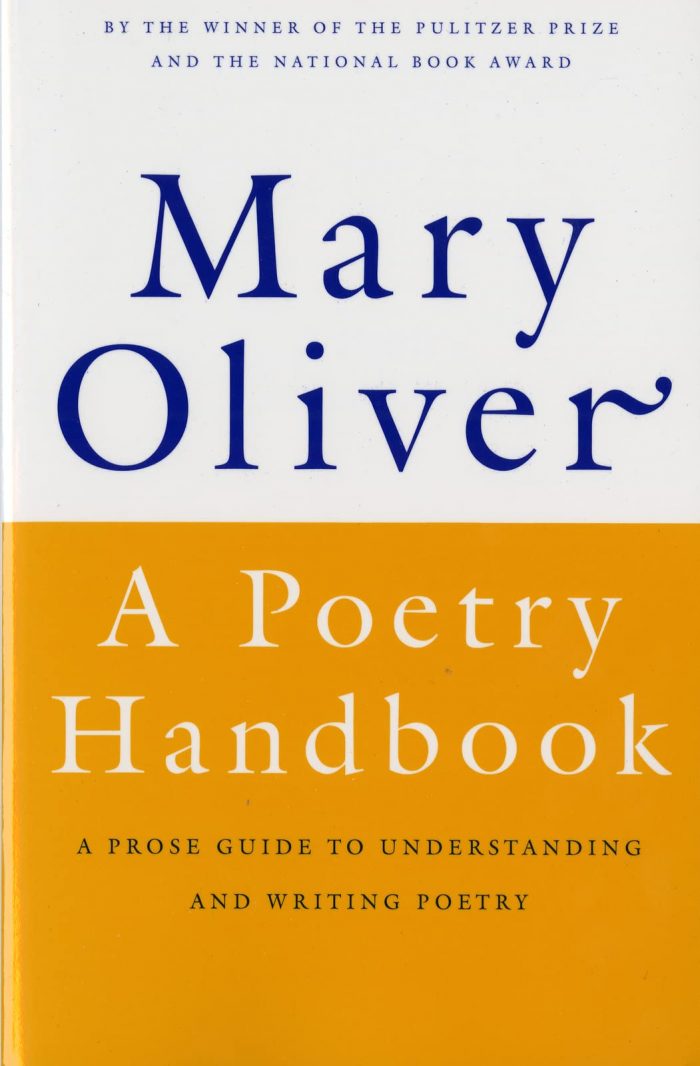“That bard of the nursery, Mother Goose.”
A Poetry Handbook, Mary Oliver, 1994
Tag: A Poetry Handbook
Here is a word that I am going to have to become more familiar with if I am going to be a writer, especially if I intend to be a poet. It is vital that poets learn their language. Not just words and definitions, but the sounds, tones, and feelings that certain words express. Syntax is just a part of that.
Syntax – the arrangement of words into sentences and phrases
Usage: “Proper syntax never hurt anyone. Correct grammar and forceful, graceful syntax give the poem a vigor that it has to have.” (Mary Oliver, A Poetry Handbook, 1994)
“For poems are not words, after all, but fires for the cold, ropes let down to the lost, something as necessary as bread in the pockets of the hungry. Yes, indeed.”
Mary Oliver, A Poetry Handbook, 1994
I think this is a word that I knew the meaning of (somewhere in the back of my mind), but I struggled to grasp. I wanted to add it to the blog and look it up so I could concrete the word in my vocabulary. I found it in A Poetry Handbook, by Mary Oliver.
Ambivalence – uncertainty or fluctuation, especially when caused by inability to make a choice or by a simultaneous desire to say or do two opposite things
Usage: “Frost kept no jottings about sound while he wrote Stopping by Woods on a Snowy Evening. He did not need to. He was a master poet. The poem is an extraordinary statement of human ambivalence and resolution. Genius wrote it.”
I just started this new book by Mary Oliver called A Poetry Handbook: A Prose Guide to Understanding and Writing Poetry. Oliver was a world renowned poet, with works like “The Summer Day”, “Wild Geese”, and “The Swan”. I’ve shared a few of her poems here, and will continue to do so as I read them.
I would like to write, someday, like Mary Oliver did. That’s why I got this little Handbook. In her own sweet and simple way, Oliver relays to both amateur poets and readers of poetry tips on how to read, understand, and write poems. What makes a poem? What elements are important in a poem? She doesn’t write like this is a textbook. Rather, it is more of a conversation, maybe even a lecture she might have given to her students. She offers technical terms, but uses examples so that anyone can understand what she is saying. For Oliver, poetry is a way to communicate emotions and feelings of the heart. She wants her readers to be able to communicate their own emotions, feelings, and experiences in their own poems. She is an encourager, not just a teacher.
“A poet’s interest in craft never fades, of course. This book is not meant to be more than a beginning – but it is meant to be a good beginning… It is written to empower the beginning writer who stands between two marvelous and complex things – an experience (or an idea or a feeling), and the urge to tell about it in the best possible conjunction of words.”
Mary Oliver, A Poetry Handbook, 1994
I wish I could have taken writing classes from Mary Oliver. I feel like I would have learned so much. Maybe I would have started writing publicly when I was much younger. Anyway, the past cannot be undone, but the future has yet to unfold. I plan on reading and rereading this book while I practice Oliver’s teachings. Maybe one day, I can be a poet too.

Here is a simple little paperback that packs a great punch for any poet, student, or teacher… Really, it’s for anyone who likes poetry (even just a little). The subtitle of A Poetry Handbook says, “A prose guide to understanding and writing poetry.” I bought my copy from Barnes and Noble. It’s a very small book, only 130 pages, including the index and permissions granted sections. It is easy to read with great tips for writing and reading poetry. I am really glad I picked it up.
“The heart (that courageous but also shy factory of emotion)”
Mary Oliver, A Poetry Handbook, 1994